In the high-stakes world of motorsports, where milliseconds separate victory from defeat, teams have developed sophisticated systems of coded radio communication to gain competitive advantages. The airwaves between engineers and drivers crackle with seemingly innocuous phrases that carry layers of strategic meaning, creating a parallel language invisible to rivals yet crystal clear to initiated team members.
The Evolution of Racing's Shadow Language
Modern Formula 1 teams employ upwards of 60 engineers monitoring real-time data streams during races, creating an information overload problem. This deluge birthed the need for distilled communication - what began as simple code words in the 1990s has evolved into complex linguistic systems. Mercedes-AMG Petronas team principal Toto Wolff once revealed they change their entire codebook every season, with certain critical terms rotating mid-championship if suspected of being cracked.
These aren't random substitutions but carefully constructed linguistic bridges. "Daisy" might represent tire degradation percentages, while "Horizon" could encode fuel mixture adjustments. The best codes borrow from natural speech patterns - a Red Bull engineer might casually mention "the sister wants chocolate" to indicate a rival's pit window, sounding like personal chatter while conveying vital intelligence.
Linguistic Camouflage in Action
During the 2021 Abu Dhabi Grand Prix, listeners heard Mercedes strategist James Vowles tell Lewis Hamilton: "The swan is nesting but the fox circles clockwise." Decrypted, this warned of Max Verstappen's tire strategy while masking intent from Red Bull's eavesdropping. Such phrases follow strict construction rules - verbs indicate urgency, nouns specify systems, adjectives convey magnitude - creating a grammatical framework for deception.
Ferrari's system allegedly uses Italian culinary terms as base vocabulary, with "risotto" severity levels and "al dente" describing mechanical states. This cultural embedding makes codes harder to reverse-engineer by non-native speakers. McLaren takes a different approach, employing Australian slang in their British team to create linguistic confusion - a "barbie with extra shrimp" might mean an undercut strategy.
The Neuroscience of Coded Comprehension
What makes these systems remarkable is how humans process them under extreme cognitive load. Studies show racing drivers develop specialized neural pathways for code recognition, with certain phrases triggering faster reaction times than plain language. BMW's former motorsport director Mario Theissen explained: "Under 5G forces, 'Box now' gets processed slower than 'Pit stop' which is slower than our code 'Sunset' - the brain skips translation steps."
This psychological dimension extends to stress testing. Teams deliberately design codes that remain distinguishable when shouted over engine noise or through static. Renault's "fruit basket" system (apple=brakes, banana=throttle) survived testing because the phonemes don't overlap in critical frequency ranges when transmitted via poor radio links.
Counterintelligence and Cryptographic Arms Race
The FIA's ban on encrypted radios has spawned an analog cryptography arms race. Aston Martin's security chief revealed they employ "semantic one-time pads" - sheets of disposable code pairs distributed before races. More brazenly, some teams plant false code leaks, then monitor rivals' reactions to confirmed fake strategies to identify eavesdroppers.
Williams' innovation was "contextual encryption" - their codes only work when combined with real-time telemetry data. A phrase like "Remember Budapest" might mean different things depending on current lap times or tire temperatures, creating moving semantic targets. This approach proved so effective that other teams protested it as violating sporting regulations against "active deception systems."
When Codes Crack Under Pressure
The 2019 German Grand Prix demonstrated code failure's consequences. Haas's system collapsed during changing conditions, with engineers shouting increasingly desperate food metaphors while drivers misinterpreted instructions. Team principal Guenther Steiner later admitted: "We had lasagna meaning inters, pizza meaning wets, but when the rain came everyone just remembered Italian food."
Such breakdowns reveal the human element beneath the technology. Even the most elegant systems fail when adrenaline floods the prefrontal cortex. This explains why teams now invest in "code conditioning" - training engineers and drivers under simulated high-stress scenarios until responses become muscle memory. Mercedes' "war room" rehearsals include deliberate radio static, competing audio feeds, and sleep deprivation to harden their communication systems.
The Future: AI as Codebreaker and Codemaker
As machine learning enters the fray, teams face new challenges. McLaren's R&D department confirmed testing AI systems that analyze competitors' radio traffic for patterns, potentially cracking codes within races. In response, advanced teams are developing "neural codes" - phrases constructed by AI to exploit human pattern recognition blind spots, using grammatical structures that feel natural but defy subconscious decoding.
Yet for all the technology, racing's secret language remains fundamentally human. As one retired Ferrari engineer noted: "The best codes come from shared experience - that private joke from testing, the hotel incident in Malaysia. Machines can't replicate that history." In an era of data saturation, these crafted moments of human connection may become the ultimate unbreakable code.
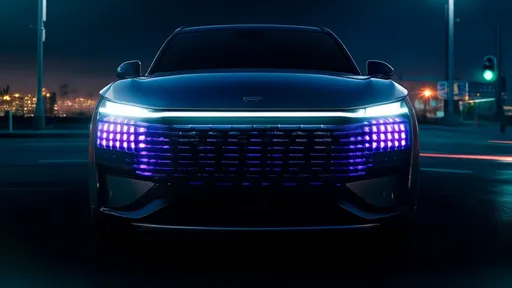
By /Jun 15, 2025

By /Jun 15, 2025

By /Jun 15, 2025

By /Jun 15, 2025
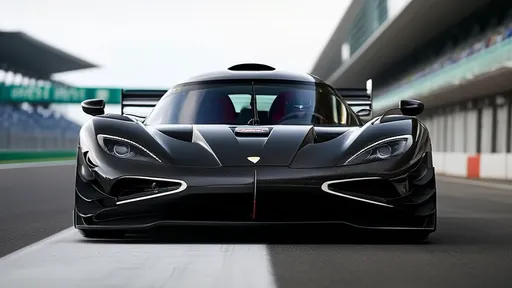
By /Jun 15, 2025

By /Jun 15, 2025

By /Jun 15, 2025
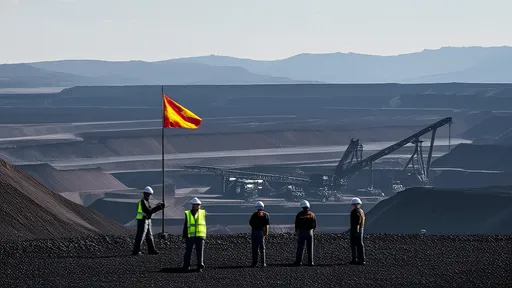
By /Jun 15, 2025
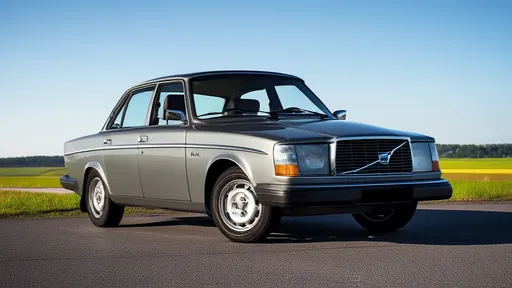
By /Jun 15, 2025
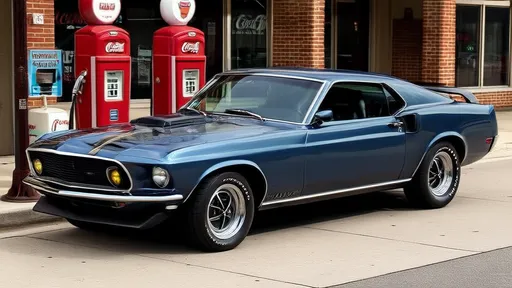
By /Jun 15, 2025

By /Jun 14, 2025

By /Jun 14, 2025

By /Jun 14, 2025
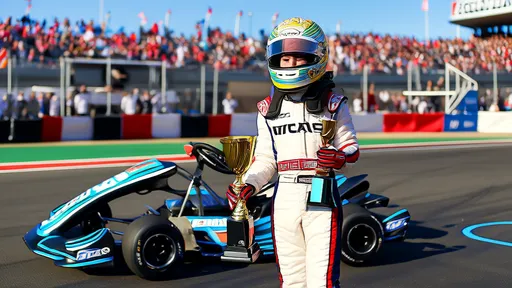
By /Jun 14, 2025

By /Jun 14, 2025
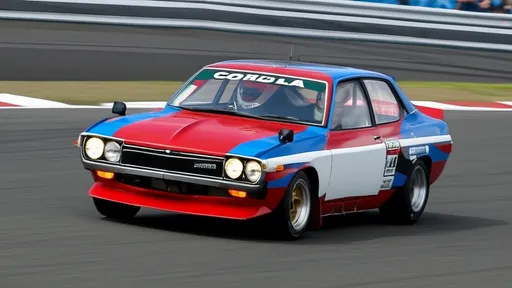
By /Jun 14, 2025

By /Jun 14, 2025